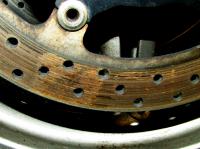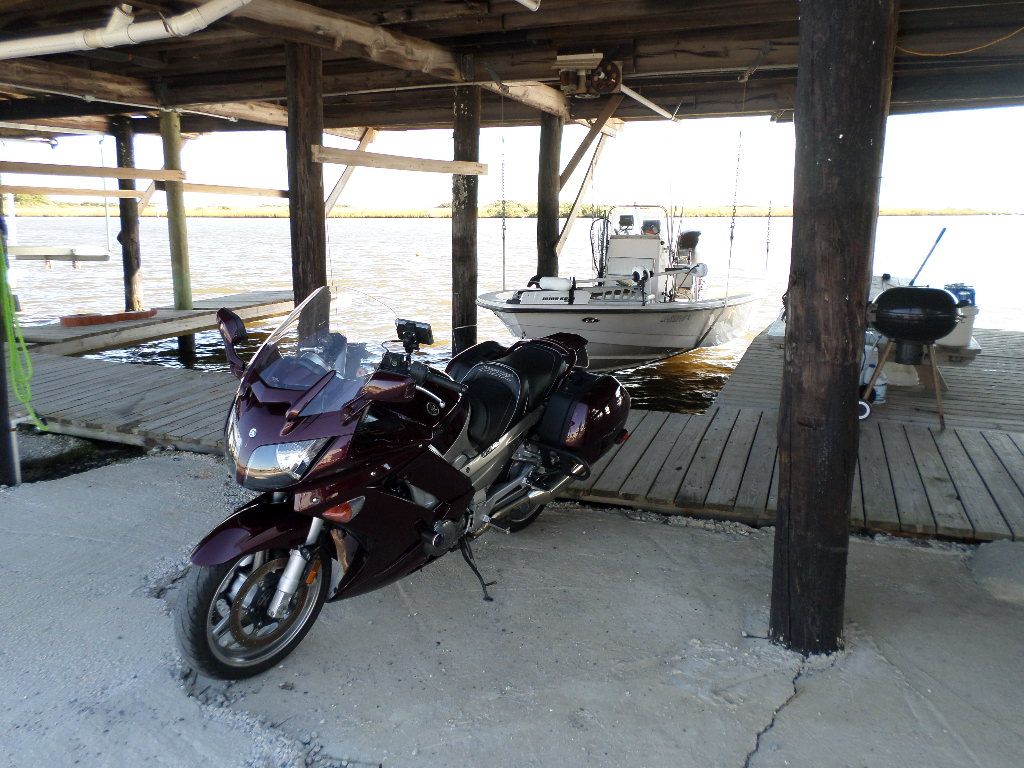SweetPotato
Active member
My question is aimed for anybody with experience maintaining their bike in a salty environment, more specifically the gulf coast. How can I best maintain my bike to prevent he salt from wreaking havoc on every system? I'm assuming I'd have to wash at least weekly with frequent waxing, perhaps add some dielectric grease on all of the electrical connectors. Is there anything I should specifically watch?
For a little background: I'm in North TX, so I'm lucky enough to have no experience with salty roads or bad humidity. However, I travel for work 7 days at a time down to Galveston. I don't always need to take the cage, and I'd like to enjoy more time on my Feej. I'm still torn, as the bike is very cherry and I don't want anything to deteriorate excessively by driving it to work. I know, I know... it won't be new forever. I'm lucky it's still as new as it is for an '08. I just want to keep it in the best shape I can while I enjoy it!
For a little background: I'm in North TX, so I'm lucky enough to have no experience with salty roads or bad humidity. However, I travel for work 7 days at a time down to Galveston. I don't always need to take the cage, and I'd like to enjoy more time on my Feej. I'm still torn, as the bike is very cherry and I don't want anything to deteriorate excessively by driving it to work. I know, I know... it won't be new forever. I'm lucky it's still as new as it is for an '08. I just want to keep it in the best shape I can while I enjoy it!
































































